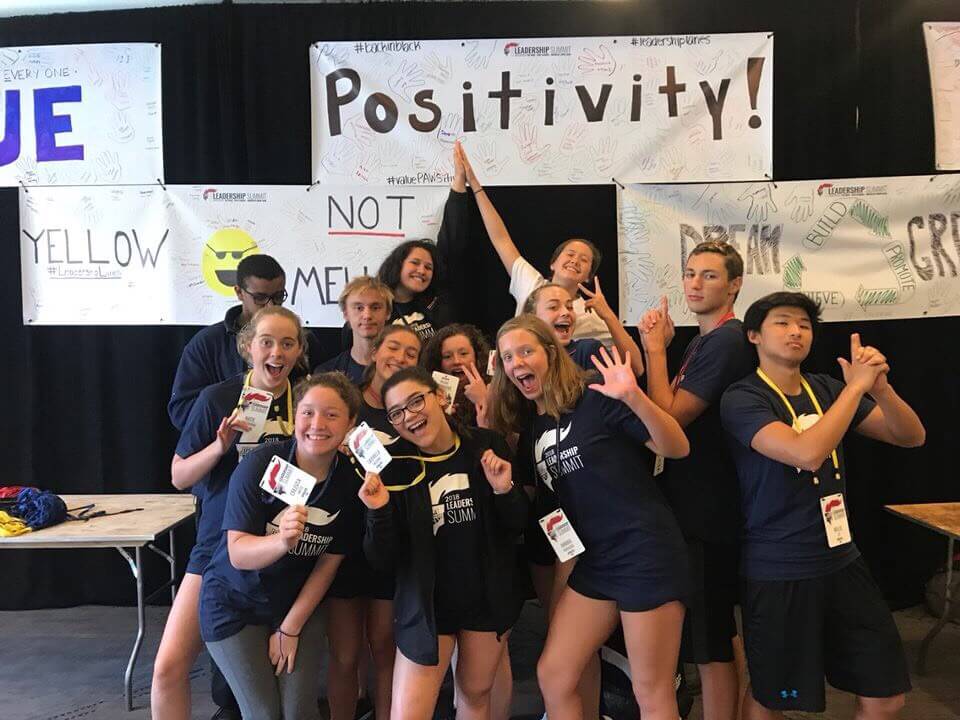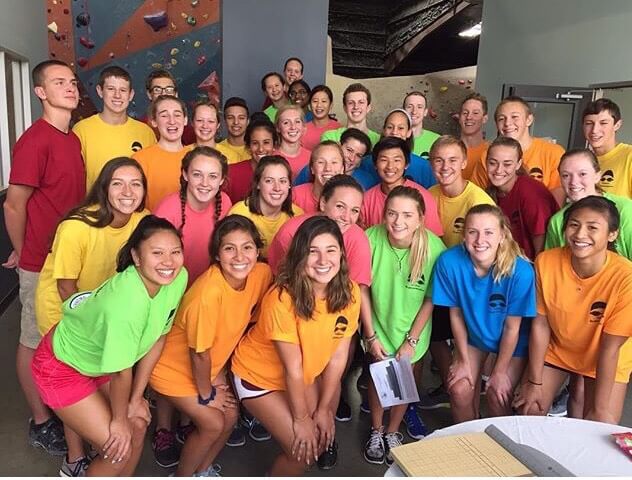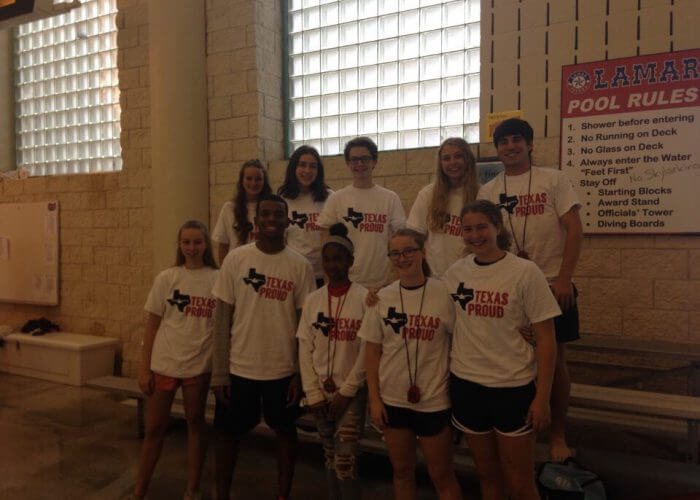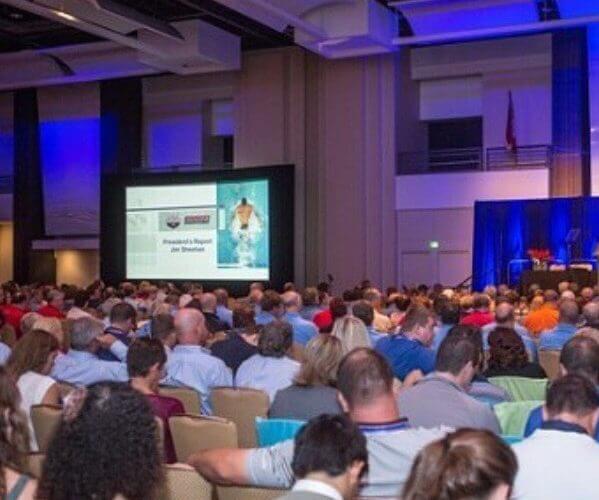How Athletes Involved in Leadership Create a Better Swimming Experience

By Xonzy Gaddis, Swimming World College Intern.
At the core of every sport is the athletes involved, and the leadership of these sports relies on what these athletes have to say. Nearly 400,000 swimmers in the United States are members of USA Swimming. A key group of those swimmers are making their voices heard outside of the pool to benefit all of those in the pool. As the sport of swimming continues to grow, there has been an brighter spotlight on athlete leadership at the local swimming committee, zone, national and collegiate levels. The United States Aquatic Sports Convention – an annual gathering of leadership and membership of the various national governing bodies to speak about problems and concerns – met this past weekend. The athlete representatives in attendance ensured that every athlete and non-athlete gets educated on issues that need to be brought to swimming leadership’s attention.

Photo Courtesy: Gulf Athlete Reps
Values and Goals of Leaders Impacting the Larger Community
As an athlete representative, you must have goals set not only for your home team but also for all the other athletes participating in the sport. To form these goals, the athlete representatives must recognize values which will benefit all. Annika Ruehlicke, Junior Athlete Representative of the Gulf Swimming local swimming committee, values personal development, consistency and communication. Communication has been one of the overarching values of the Gulf Swimming Athlete’s Committee – not only with the roughly 50 athlete representatives across the Gulf but also with all athletes.

Photo Courtesy: Gulf Athlete Reps
This emphasis on communication in the Gulf brings attention to issues such as Hurricane Harvey recovery for families of swimmers. The Gulf was able to raise nearly $20,000 through overwhelming donations of money and equipment as well as Texas Proud T-shirt sales, all of which were donated to swim families in the Gulf affected by Hurricane Harvey.
Ruehlicke remarks that “having a voice is extremely important so that all athletes can give their input and opinions about rules and issues in the sport we all love and participate in.” Leaders in athlete representation make sure the grievances and opinions of the athletes are clearly stated, one example being the USA Swimming Athlete’s Executive Committee recent statement on the World Anti-Doping Agency’s decision to accelerate Russia’s reinstatement. The release of the statement reflects what the athlete representatives believe their fellow swim-mates feel on such a controversial issue. Ruehlicke comments that current athlete representatives have reached out to several swimmers looking for a diversity of opinions and new ideas to be acknowledged.
Education on Athlete Leadership Shapes the Future of Swimming
Education of athlete leadership in the sport doesn’t just start with athlete representatives: it includes coaches, officials and the administration. Beau Caldwell, former coach of Rice Aquatics and Technical Planning Chair in the Gulf local swimming committee, emphasizes the significance of including athletes in non-athlete leadership discussions in order to give athletes a voice in the creation of proposals. Furthermore, Caldwell comments that “an athlete has to want to be seen and/or heard and be steered towards an area which best matches their interests and motives.” This steering comes from a “supervising adult with an athlete-centric focus, encouraging participation and allowing athletes to grow in the sun.”

Photo Courtesy: Gulf Athlete Reps
Newly elected Southern Zone athlete representative and former Gulf Swimming Senior Athlete Representative, Annie Norris, believes that education of the sport continually improves as leadership in the sport empowers athletes “to take charge and teach others.” Norris believes that athlete representatives must continue to take information back to their teams and incorporate creativity into the distribution of this information.
Gulf athlete representatives as well as athlete representatives across the country have done this through holding Safe Sport sessions and interactive discussions with their teams. A large-scale example of this is the United States Aquatic Sports Convention, where athletes are able to participate in discussion and decisions with athlete and non-athlete leadership from all fifty states. Norris says that this type of involvement is “inviting more athletes to partake in governance.” The use of such open discussions with teams and other athletes has a positive impact on decisions made by local swimming committees and national committees.
Athlete leadership in the sport of swimming is allowing for athletes to more strongly shape the sport. They are now working alongside officials, coaches, volunteers, and non-athletes to be able to form the best swimming experience for every athlete. Leaders in athletics want to hear from their athletes; they must step up and make their voices heard to make a true difference in the sport for the good of all participants.
All commentaries are the opinion of the author and do not necessarily reflect the views of Swimming World Magazine nor its staff.




cool